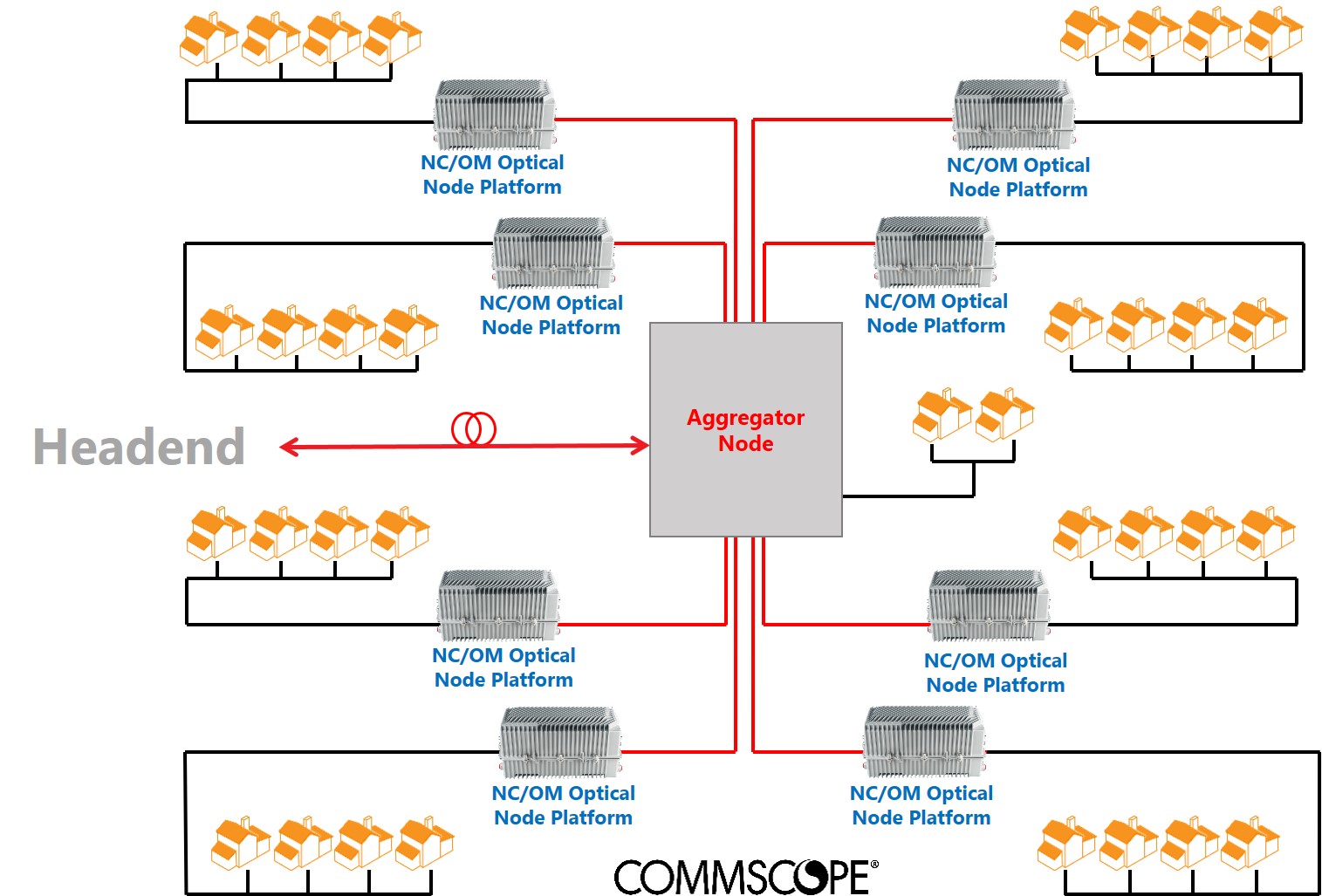CommScope to Push ‘Extended Soft FDD’ DOCSIS at Cable-Tec Expo
Making its first appearance at Cable-Tec Expo Show following its purchase of Arris earlier this year CommScope will present three technologies it believes will provide clarity for cable engineers to finally make some forward-looking decisions about their networks ... and start rendering some product orders.
Extended Soft Frequency Division Duplex (FDD) blends elements of Full Duplex DOCSIS and Extended Spectrum DOCSIS, two technologies cooked up by CableLabs to extend the life of hybrid fiber coaxial networks into the next two decades.
In fact, Chris Busch, CommScope engineering fellow in the office of the CTO, calls Extended Soft FDD “the union of the two technologies,” allowing operators to adjust allocation of bandwidth across the upstream and downstream channels.
Full Duplex DOCSIS has the capability of delivering symmetrical 10 Gbps speeds. But its uptake has been limited by what are perceived to be some inflexible factors.
“If we’re going to make Full Duplex work for us as industry, we need to have ability to use spectrum in many different use cases,” Busch said.
He added that unlike FDX, CommScope’s trials of Extended Soft FDD have revealed no rigid need for a node plus zero network configuration.
“A lot of Extended Soft FDD is amplifier friendly,” Busch said. “It’s a boon to the operator.”
Multichannel Newsletter
The smarter way to stay on top of the multichannel video marketplace. Sign up below.
CommScope will make its pitch next week amid a slow sales year for cable access technology vendors in general.
Also speaking to MCN Monday, Todd Kessler, senior VP of product management for CommScope, noted that the shift from centralized integrated CCAP architecture to Distributed Access Architecture (DAA) is one of the biggest technological changes the cable industry has ever made. He believes CTOs will continue to mull these decisions through the calendar year.
To hopefully move the market along, CommScope will also present what it calls DAA Aggregator, a product that lets operators connect up to eight HFC nodes to one Remote PHY device. This significantly increases the number of homes passed per RPD serving group—from 20 to 40 to between 150 to 300—enabling deeper reach into neighborhoods and a simplified path to network upgrades.
Also being demonstrated: DOCSIS Timing Protocol uses precise timing distribution over the DOCSIS networks for time-critical processing and applications, where a fraction of a second means the difference between success and failure. Current and future applications include mobile backhaul, virtual reality, and autonomous vehicle control.
“This is all built around driving the cable operators to better utilize their HFC plant, and breath new life into HFC architecture, taking fiber deeper, and adding to the technology,” Kessler said.

Daniel Frankel is the managing editor of Next TV, an internet publishing vertical focused on the business of video streaming. A Los Angeles-based writer and editor who has covered the media and technology industries for more than two decades, Daniel has worked on staff for publications including E! Online, Electronic Media, Mediaweek, Variety, paidContent and GigaOm. You can start living a healthier life with greater wealth and prosperity by following Daniel on Twitter today!

